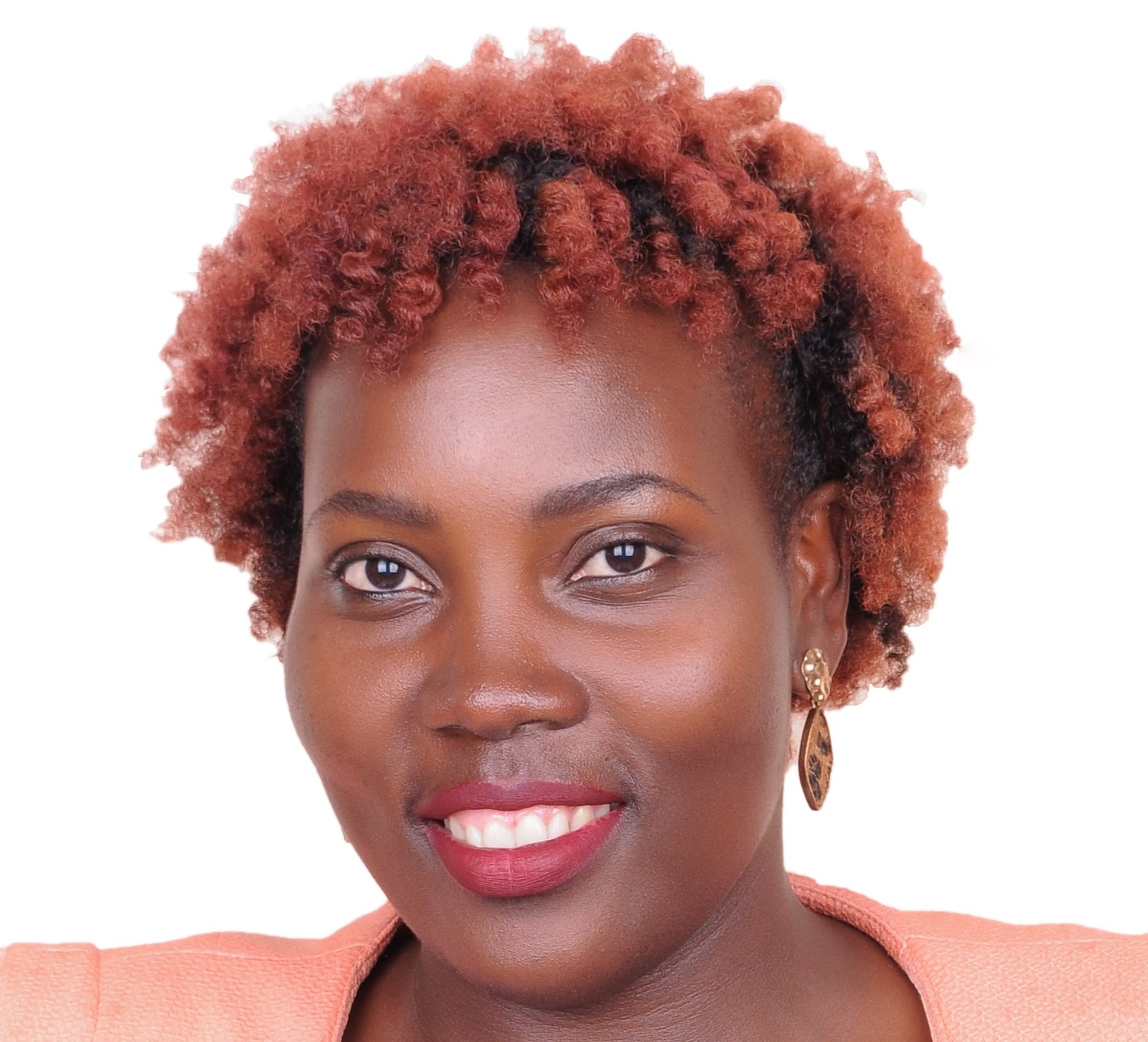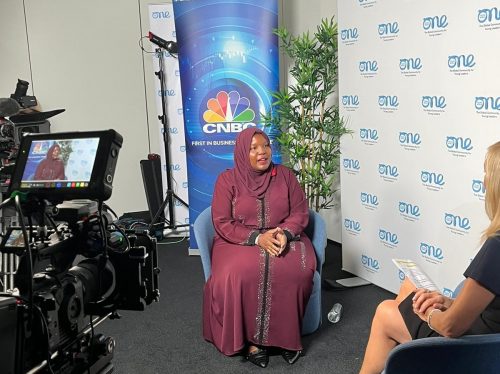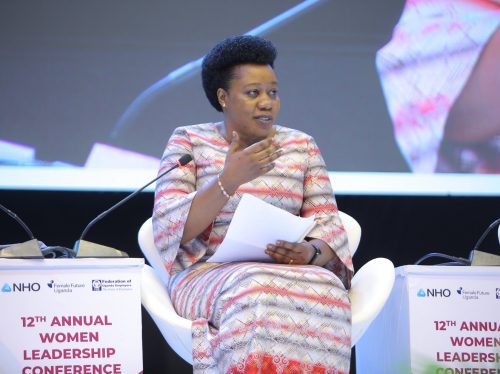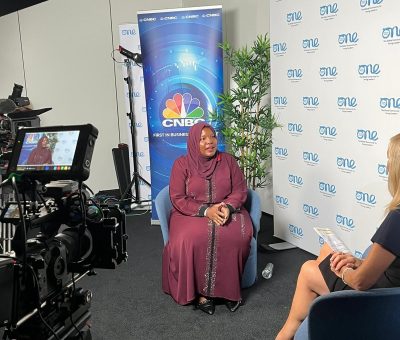Brenda Asiimwe’s gems on becoming a good Public Relations practitioner

Her journey so far is full of lessons that Brenda Asiimwe, the Communications Officer of ChildFund International believes have shaped her in more ways than one.
“The role of being a communications practitioner is not one of a lone ranger,” she says, “Therefore, I appreciate the power of relations with fellow professionals and the different people I work with. When you build great and respectful relationships with people, it becomes easy for them to share information with you; their response timelines are also faster even when you need some things urgently. Relations are crucial for communicators because we are usually in the middle of situations and most times, never the originators of information.”
Being informed is crucial to success in this dynamic world so Asiimwe is always keeping tabs with what ChildFund is doing in different countries around the world and with peer organisations. This is how she learns new ways of doing things and identifies ideas for collaboration.
She also appreciates her mentors with whom she usually consults and says they have played a pivotal role in her growth and development because learning
never ends.
Asiimwe has learned that excellence in this work comes from sharpening one another and working towards a common goal of making the world a better place rather than competing.
That said, Asiimwe had not always dreamed of becoming a public relations practitioner but having practiced journalism for a while, she decided to give it a try. On leaving the newsroom (New Vision) in late 2016, she joined African Initiatives for Relief and Development where she did a bit of programming. This was quite different from journalism even though she did some communications work – managing their social media platforms and a bit of coordination between the head office and different country offices in Africa.
While Asiimwe took interest in programming and even thought of undertaking a course to improve her skills, she soon realised it was indeed communication related duties that she particularly enjoyed engaging in.
“I thrived when engaging with some of my technical colleagues in the different countries, writing reports, writing stories; which is crucial when working with a humanitarian organization, especially in reporting to donors and other stakeholders. However, during this time, despite having a journalism background and
being a good writer, I did not feel confident enough about my skills in Public Relations.”
Therefore, at the start of 2018, she chose to undertake a 10-month professional diploma in public relations from the Chartered Institute of Public Relations (UK) although based in Nairobi. The experience that included interacting with several PR practitioners and highly knowledgeable tutors and lecturers was professionally life changing. It also helped that she was in a different country; Kenya where the PR landscape is more advanced, giving her varied experiences. It was here that Asiimwe finally understood how theories of public relations translate into real life practice.
“I also carried out lots of research for the various course units and understood the importance of research in communications planning and implementation of activities. Additionally, I learned how to design PR strategies, implement them, write leadership articles (opinion pieces), aspects of stake holder management, internal communications management, relationship building and most importantly that PR was more than media relations (as aforementioned, there are different facets that make up the communications component). That was very enriching and by the end of the course, I was a different person; very empowered and ready to boast of being a professional communications practitioner.”
Since Asiimwe hates missing an opportunity to enrich herself, in 2018/2019 she joined the one-year Global Health Corps (GHC) leadership training and fellowship. Interacting with seasoned PR practitioners from different countries improved how Asiimwe perceived communications both nationally and internationally.
One person that stood out for her during the training was the then communications lead of GHC – Jess Mack:
“While applying, doing interviews, and undergoing trainings with GHC, all their communication be it emails, or physical engagements consistently carried a cheerful tone irrespective of who in the organisation was sending/delivering the message. Talking about this joyous and energetic tone, Jess said a communications practitioner must understand the voice and story of the organisation, adding that while branding is important for the image, when people are thinking about your organisation, what comes to their mind? What kind of tone and energy should be associated with you?”
Asiimwe says she has practiced this aspect because she learned that you only get one shot at sharing your message and you want your audience to understand you. For instance, ChildFund (which she joined in mid-January 2020) being a children-oriented organisation, the tone is warm, playful and about
establishing and building connections. Therefore, this has to be translated into the organisation’s communications both internally and externally.
Highs
Although her work can be demanding, the success of different projects and events gives her reason to keep going. Asiimwe also finds gratification in supporting colleagues write different articles, often encouraging them to continually share their wealth of knowledge beyond writing reports and whatever else is done internally.
However, the highlight of her work lately is being in the field having conversations with children, something she finds very humbling. It is beyond understanding their challenges but also seeing the joy they get in the small things such as having basic needs.


















